Ernest Edward Milston (ne Arnost
Edward Mühlstein) was born in Czechoslovakia on 11 June 1893. He
commenced his architectural education at the University of
Prague in 1910, and received his degree in 1916. After a brief stint as an engineer-officer in
the Austrian Army during the First World War, Mühlstein spent two years
at the Academy of Fine Arts in Prague. By his own account, he
commenced private practice in 1920 and, for the next nineteen years, "practiced
architecture on own account in Prague, in partnership with V Fürth,
architect, and designed domestic buildings, warehouses, schools, bank
buildings, etc, in Czechoslovakia, Yugoslavia and Romania".
Mühlstein's partner was Viktor Fürth (1893-1984); their firm,
styled as Mühlstein
& Furth, became one of the leading
exponents of modernist architecture in Prague. Amongst numerous
commissions for houses, apartment blocks and shops, the partnership was
also responsible for a library addition to the residence of the then
President of Czechoslovakia, Edvard Beneš. Such was the prestige of Mühlstein & Fürth between the wars that no fewer than two
prominent European architectural journals devoted entire issues to their work: the German Neues Bauen und Wohnen in 1931 and the English Architecture Illustrated in 1945.
During the 1920s and '30s, Mühlstein also travelled extensively and studied "both ancient and modern architecture in the chief countries of Europe" - which, again by his own account, included England, France, Holland, Italy, Austria, Germany, Hungary, Yugoslavia, Romania and Greece. In 1926, Muhlstein visited Paris in the company of his friend, the eminent Austrian architect Adolf Loos, and, while there, is said to have had some involvement with one of Loos' most famous projects - the house at Montmartre for Surrealist writer Tristan Tzara.
Mühlstein, who was Jewish, fled Czechoslovakia in 1939 after being warned of his impending arrest by the Nazis. Arriving in Adelaide in 1940, he obtained a position in the architectural office of Lawson & Cheesman. He also became involved in the local theatrical scene, and, in 1941, designed the sets and costumes for a production of Les Galantes Chez Marie that was mounted by Joseph Siebert's Les Ballets Contemporains. On 25 November 1942, Muhlstein enlisted with the Australian Army as a "friendly alien" and served with the Royal Australian Engineers. In June 1944, he passed the examination for membership of the RAIA and was nominated for an Associateship of the South Australian Chapter. This, however, was withdrawn when the architect transferred to Melbourne, where, in June 1945, he was duly admitted as an Associate of the Victorian Chapter. His application was endorsed by Melbourne architect Roy K Stevenson (late of Irwin & Stevenson), a staff member in the Directorate of Fortifications & Works, Engineer-in-Chief's Branch, LHQ, where Mühlstein was also employed at the time. The latter was discharged from the Army on 20 March 1946 with the rank of Warrant Officer (Class 2). Choosing to remain in Melbourne rather than return to South Australia, Mühlstein obtained a position as Senior Architect to the Public Works Department. In June, he became registered as an architect in Victoria (his application being endorsed by former colleague Roy K Stevenson, along with Peter C Newell and Alan Ralton); two months later, Mühlstein acquired Australian citizenship and anglicised his name to Ernest Edward Milston.
During his early years in Victoria, Mühlstein/Milston entered a number of architectural competitions. One of the first of these, dating from late 1944, was initiated by the Sun newspaper to find the ideal post-war home. His entry, submitted under the name of A E Mühlstein, proposed a relatively conventional two-storey gable-roofed residence, "designed with due regard for economy and present availability of materials". Two years later, in 1946, Muhlstein came second in the Illuminating Engineering Society's annual Award for Light in Architecture - the first prize being won by a young Don Fulton, with whom, barely a decade later, he would establish a partnership. Another important design competition - this time, with an outcome that would have a lasting impact on Milston's Australian career - was the so-called 1939 War Memorial Thesis competition. Initiated in 1947 by the Trustees of the Shrine of Remembrance, this sought to obtain ideas for a monument to commemorate those who had served in the Second World War. In February 1948, Milston's design was awarded joint first prize (together with that of Alec S Hall, a young architect from Mont Albert), and the two men shared the £350 prize money. Both schemes advocated the creation of a memorial forecourt, and this idea formed the basis for a formal architectural competition launched by the Trustees in June 1949. Entry was limited to those architects resident in the British Empire who had served in either of the two world wars. It was no real surprise when Ernest Milston and Alec S Hall - joint winners in the 1947 thesis competition - were respectively awarded first and second premium in the formal design competition. Milston went on to serve as one of the assessors (along with Daryl Lindsay and Professor J T A Burke) in a separate competition that was held in 1952 for the sculptural component of the memorial, which was won by George Allen. The completed memorial was unveiled by Sir Edmund Herring on 20 February 1955.
The Shrine of Remembrance memorial not only brought Milston much publicity, but its £1,000 prize allowed him to finally establish his own architectural office. His earliest projects tended to be institutional or industrial; in 1955, these brought him the commission that would be described in his obituary as "Milston's greatest contribution to Australian Architecture" - to design the entire planned township of Mary Kathleen for a uranium mining company in Far North Queensland. At the client's request, Milston was to work in association with an architect who had more experience with mass housing; thus commenced his brief partnership with Don H Fulton, a recent post-graduate for the UC at Berkeley, and thirty years Milston's junior. The two men worked together on the Mary Kathleen project between 1955 and 1958, during which time they also executed a number of other projects back in Melbourne, including several house alterations and a small suburban Catholic school. In 1957, Milston & Fulton also collaborated on a preliminary scheme for another mining township at Weipa, also in Queensland; Milston, however, withdrew from the partnership and the project was subsequently completed by Fulton alone between 1965 and 1975. Milston retreated to his sole practice in Melbourne, where he designed several houses for fellow European emigres including artist Louis Kahan.
Dogged by ill health for some years, Ernest Milston retired in 1967 and died the following year on 4 July 1968. He was survived by his Melbourne-born wife Gwendda (1913-2003), a former school teacher turned historian and university lecturer. A pioneer of Asian Studies in Australia, she lectured on Chinese History at Monash University for twenty years and published A Short History of China (1978), which is still considered to be the definitive introductory text on the subject.
During the 1920s and '30s, Mühlstein also travelled extensively and studied "both ancient and modern architecture in the chief countries of Europe" - which, again by his own account, included England, France, Holland, Italy, Austria, Germany, Hungary, Yugoslavia, Romania and Greece. In 1926, Muhlstein visited Paris in the company of his friend, the eminent Austrian architect Adolf Loos, and, while there, is said to have had some involvement with one of Loos' most famous projects - the house at Montmartre for Surrealist writer Tristan Tzara.
Mühlstein, who was Jewish, fled Czechoslovakia in 1939 after being warned of his impending arrest by the Nazis. Arriving in Adelaide in 1940, he obtained a position in the architectural office of Lawson & Cheesman. He also became involved in the local theatrical scene, and, in 1941, designed the sets and costumes for a production of Les Galantes Chez Marie that was mounted by Joseph Siebert's Les Ballets Contemporains. On 25 November 1942, Muhlstein enlisted with the Australian Army as a "friendly alien" and served with the Royal Australian Engineers. In June 1944, he passed the examination for membership of the RAIA and was nominated for an Associateship of the South Australian Chapter. This, however, was withdrawn when the architect transferred to Melbourne, where, in June 1945, he was duly admitted as an Associate of the Victorian Chapter. His application was endorsed by Melbourne architect Roy K Stevenson (late of Irwin & Stevenson), a staff member in the Directorate of Fortifications & Works, Engineer-in-Chief's Branch, LHQ, where Mühlstein was also employed at the time. The latter was discharged from the Army on 20 March 1946 with the rank of Warrant Officer (Class 2). Choosing to remain in Melbourne rather than return to South Australia, Mühlstein obtained a position as Senior Architect to the Public Works Department. In June, he became registered as an architect in Victoria (his application being endorsed by former colleague Roy K Stevenson, along with Peter C Newell and Alan Ralton); two months later, Mühlstein acquired Australian citizenship and anglicised his name to Ernest Edward Milston.
During his early years in Victoria, Mühlstein/Milston entered a number of architectural competitions. One of the first of these, dating from late 1944, was initiated by the Sun newspaper to find the ideal post-war home. His entry, submitted under the name of A E Mühlstein, proposed a relatively conventional two-storey gable-roofed residence, "designed with due regard for economy and present availability of materials". Two years later, in 1946, Muhlstein came second in the Illuminating Engineering Society's annual Award for Light in Architecture - the first prize being won by a young Don Fulton, with whom, barely a decade later, he would establish a partnership. Another important design competition - this time, with an outcome that would have a lasting impact on Milston's Australian career - was the so-called 1939 War Memorial Thesis competition. Initiated in 1947 by the Trustees of the Shrine of Remembrance, this sought to obtain ideas for a monument to commemorate those who had served in the Second World War. In February 1948, Milston's design was awarded joint first prize (together with that of Alec S Hall, a young architect from Mont Albert), and the two men shared the £350 prize money. Both schemes advocated the creation of a memorial forecourt, and this idea formed the basis for a formal architectural competition launched by the Trustees in June 1949. Entry was limited to those architects resident in the British Empire who had served in either of the two world wars. It was no real surprise when Ernest Milston and Alec S Hall - joint winners in the 1947 thesis competition - were respectively awarded first and second premium in the formal design competition. Milston went on to serve as one of the assessors (along with Daryl Lindsay and Professor J T A Burke) in a separate competition that was held in 1952 for the sculptural component of the memorial, which was won by George Allen. The completed memorial was unveiled by Sir Edmund Herring on 20 February 1955.
The Shrine of Remembrance memorial not only brought Milston much publicity, but its £1,000 prize allowed him to finally establish his own architectural office. His earliest projects tended to be institutional or industrial; in 1955, these brought him the commission that would be described in his obituary as "Milston's greatest contribution to Australian Architecture" - to design the entire planned township of Mary Kathleen for a uranium mining company in Far North Queensland. At the client's request, Milston was to work in association with an architect who had more experience with mass housing; thus commenced his brief partnership with Don H Fulton, a recent post-graduate for the UC at Berkeley, and thirty years Milston's junior. The two men worked together on the Mary Kathleen project between 1955 and 1958, during which time they also executed a number of other projects back in Melbourne, including several house alterations and a small suburban Catholic school. In 1957, Milston & Fulton also collaborated on a preliminary scheme for another mining township at Weipa, also in Queensland; Milston, however, withdrew from the partnership and the project was subsequently completed by Fulton alone between 1965 and 1975. Milston retreated to his sole practice in Melbourne, where he designed several houses for fellow European emigres including artist Louis Kahan.
Dogged by ill health for some years, Ernest Milston retired in 1967 and died the following year on 4 July 1968. He was survived by his Melbourne-born wife Gwendda (1913-2003), a former school teacher turned historian and university lecturer. A pioneer of Asian Studies in Australia, she lectured on Chinese History at Monash University for twenty years and published A Short History of China (1978), which is still considered to be the definitive introductory text on the subject.
Select List of Projects
Fürth & Mühlstein (Czechoslovakia)
| 1923-24 1927 1928 1932 1933 1935-37 1937-39 | Residence, Ceskomalinska 41, Prague Residence for Dr Engel, Prague-Podol Residence for Alexandr Schück, Nad Kazankou 39, Prague-Troja Residence for G Barth, Prague-Bubenec Residence for Dr L Winter, Prague-Bubenec Residence, Česká Kamenice (Böhmisch-Kamnitz) Te-Ta (Teweles-Taussig) Department Store, Jungmannova 28, Prague Apartments, Soukenicka 27-29, Prague Apartments, Masarykovo nabrezi 1, Prague |
Arnost Mühlstein/Ernest Milston
| 1945 1947-48 1949-51 1951 1953 1953-55 1955 1958 1959 1960 | Residence [unplaced entry in Sun Post-War Home competition] 1939 War Memorial Thesis [competition entry; awarded joint first prize] World War II Memorial, Shrine of Remembrance, St Kilda Road, Melbourne Additions to Camperdown High School, Camberdown [in association with Percy Everett] Shops, Nepean Highway, Frankston Buildings for the Australian Aluminium Production Commission, Bell Bay, Tasmania Residence for E E Milston, 6 Reeves Court, Kew Residence for Dr M F Meyer, Hardy Terrace, Ivanhoe Shop for C H Semmons, 33-35 Melrose Street, Sandringham Residence, Victoria Road, Lilydale Frankston Espresso Bar, Nepean Highway, Frankston Residence for L Kahan, 11 Second Avenue, Kew [extended by Kevin Borland, 1971] |
Milston & Fulton
| 1955-58 1956 1957 | Township of Mary Kathleen, Queensland Holiday residence, Second Avenue, Anglesea Township of Weipa, Queensland [inital scheme only; completed by Fulton alone] St Joseph's Parish School, St Johns Avenue, Springvale Residence, The Boulevard, Ivanhoe Residence, Red Hill Road, Red Hill |
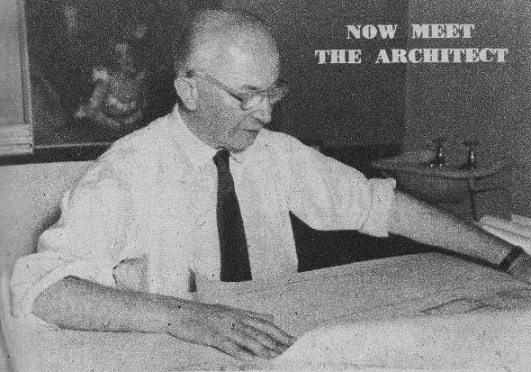 | |
| Ernest Milston in the mid-1950s |
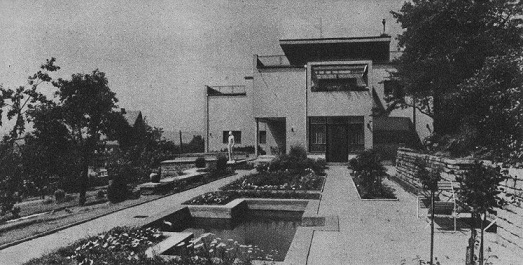 | |
| Unidentified house by Mühlstein & Fürth (1927) |
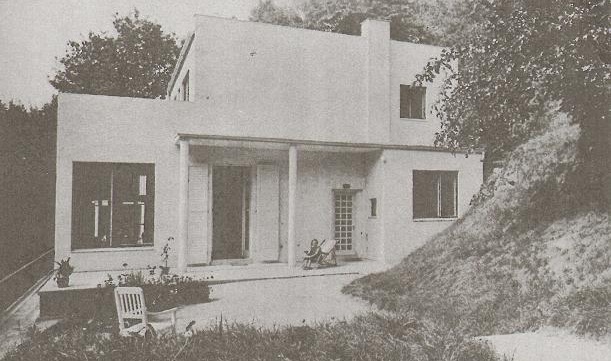 | |
| House at Česká-Kamenice, by Mühlstein & Fürth (1932) |
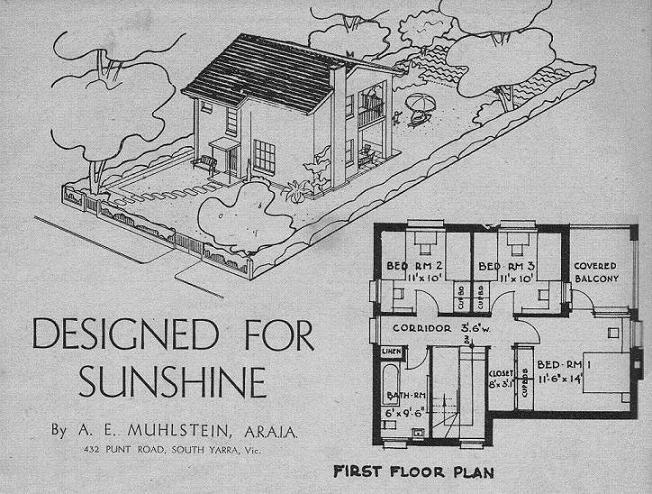 | |
| Muhlstein's Sun Post-War Home competition entry (1945) |
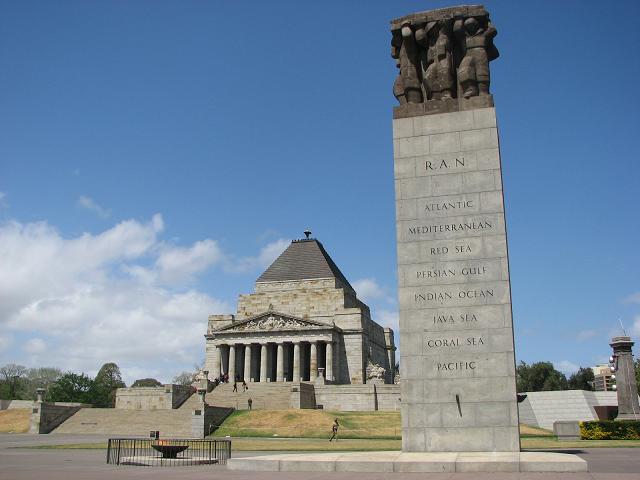 | |
| World War 2 Memorial, Shrine of Remembrance (1950-55) (photograph by Simon Reeves, Built Heritage Pty Ltd) |
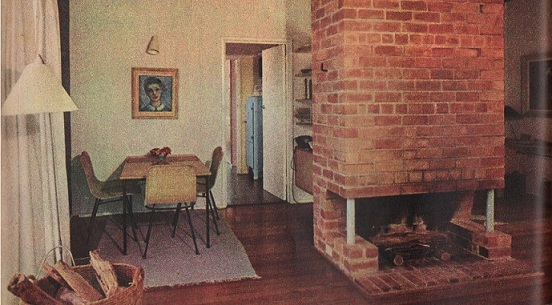 | |
| Interior of E E Milston's own house, Kew (1955) |
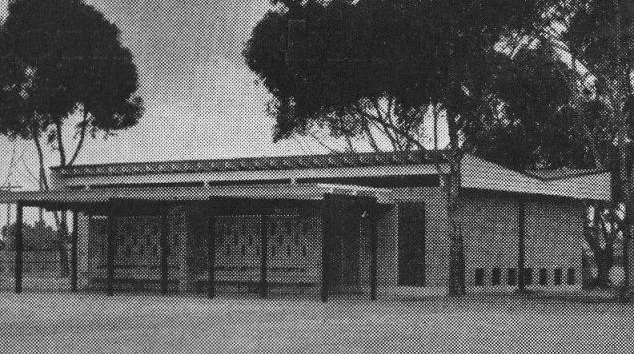 | |
| St Joseph's Parish School by Milston & Fulton (1957) |
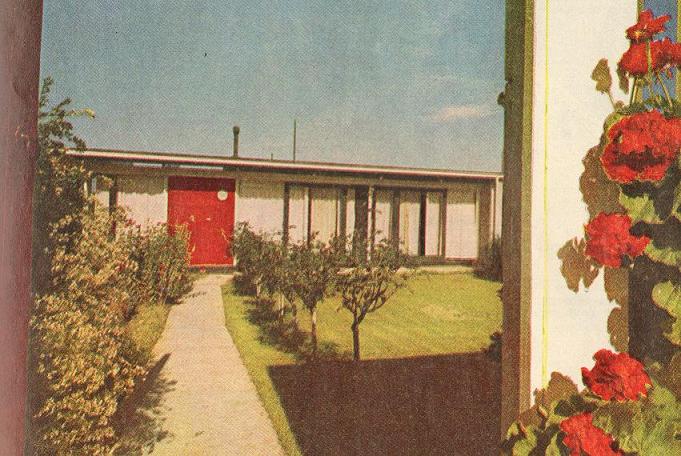 | |
| Dr Meyer House, Ivanhoe, by E E Milston (1958) |
| Select References Philip Goad, "Mary Kathleen and Weipa: Two Model Townships for Post-War Australia", Transition 49/50 (1994), pp 45-46. M Kohout, V Slapeta & S Templ (eds), Prague: Twentieth Century Architecture. Prague, 1999.) |
